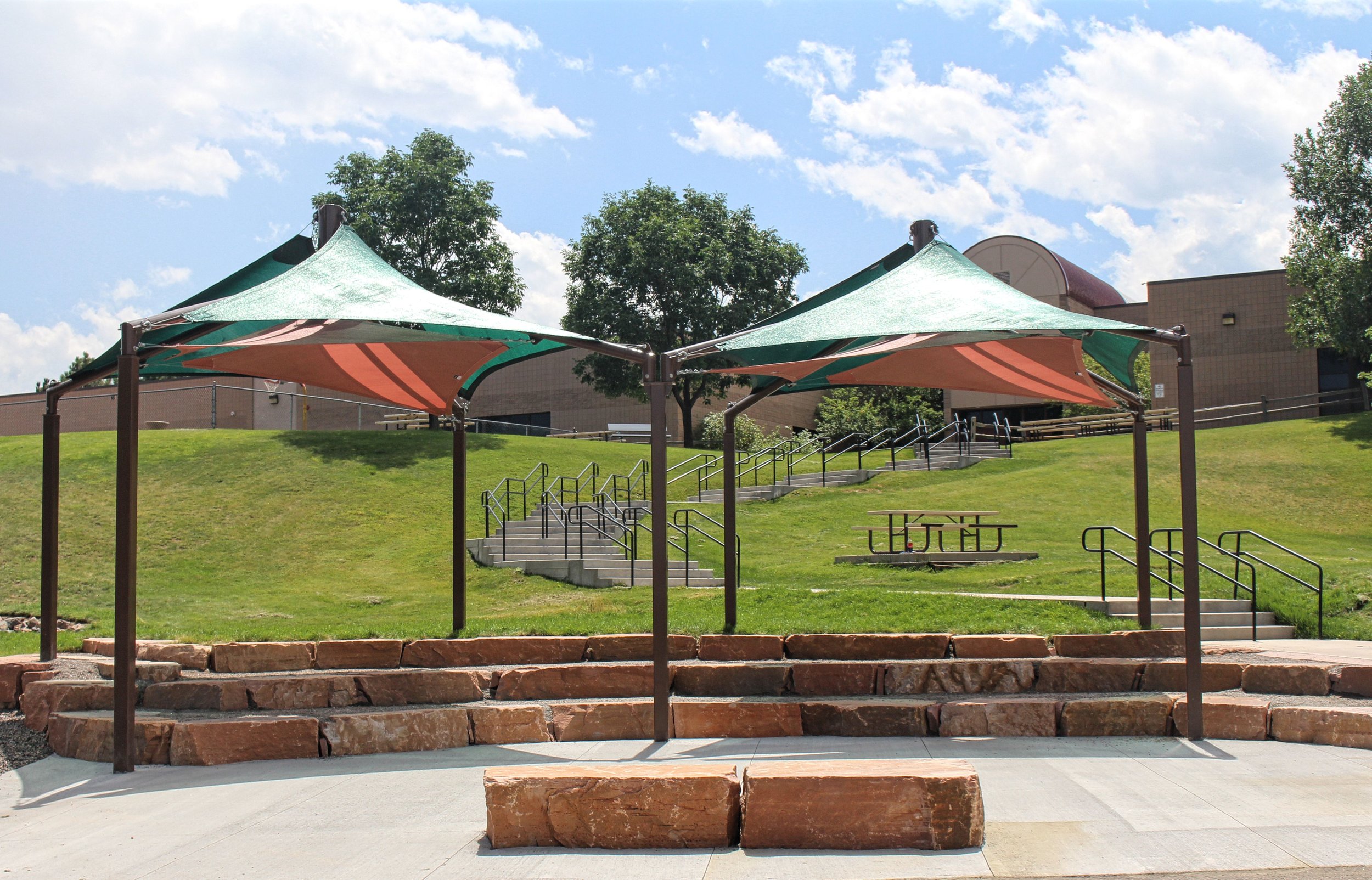Outdoor Classrooms: Now More Than Ever
We don’t have to tell you how different this past year has been for all of us. COVID-19 has changed both the way we interact with each other and much of our daily routine. It has also affected our relationship with the outdoors – arguably for the better.
The great outdoors has long been a welcome escape for some, fresh air that offers a sense of adventure and discovery – and now, a safe harbor. More than ever before, people are finding ways to stay outdoors for safety purposes, whether that be lunch on a patio, a walk, or school sessions held outside the classroom.
This past year, schools all over the country were forced to allow fewer students inside and keep classes physically separate from each other, making their outside spaces a hot commodity. In many cases, schools had to scramble to figure out ways to make this happen with little time to plan. We propose that to better equip schools for the future, more time, funding, and attention is needed to design these outdoor learning environments in ways students, teachers, and the neighboring community can enjoy throughout the year.
BENEFITS OF OUTDOOR CLASSROOMS
School campus design should be an extension of the interior learning environment. Children should be able to freely explore, socialize, learn, discover how to negotiate with each other, and burn off some steam on a schoolyard.
Studies have shown an astounding multitude of benefits this provides to children of all backgrounds. Children diagnosed with ADHD have reduced symptoms when engaged outdoors. Behavioral problems are less likely when children are in outdoor learning environments. The physical benefits can include reduced blood pressure, reduced levels of obesity, increased productivity, and decreased stress. The advantages of outdoor engagement are multiple and far-reaching.
DESIGN THAT STIMULATES
These benefits can begin to occur when children are outside for recreational purposes for a short period of time, but what happens when outdoor learning environments can sustain classroom activities for the long term? We believe it will result in a greater understanding of the world we live in, a curiosity about all facets of our connection to nature, and an enhanced sense of wellbeing.
Outdoor classroom environments require both thought-out and funded design. A well-designed space reduces those pain points that schools identify such as distractions from inside the school building, adequate safety precautions, and of course, bad weather.
Advanced design elements for outdoor spaces can include items such as raised amphitheaters and covered shelters equipped with electricity and data ports. A stage can be a practical addition to allow for student performances and serve as a spotlight when the teacher is addressing the class. Other elements can include gardens and seating nooks to optimize the uses of the entire school campus, in addition to areas for court games, play apparatus, multi-use fields, and walking trails.
Our hope is that with the important role these spaces have taken on in the last year they will continue as a priority for both new and existing schools.
Now that vaccines are here and we can begin to plan indoor gatherings, we at Design Concepts hope one of the lessons to be remembered from this past year will be not only the incredible benefits that children experience thanks to outdoor classrooms but the many ways in which creating such environments is achievable by schools all across the country.
See some of our recent outdoor learning design work at the ECE Center at Maddox in Englewood, CO highlighted in Learning by Design Magazine.







